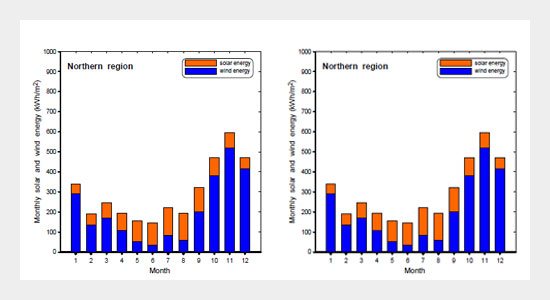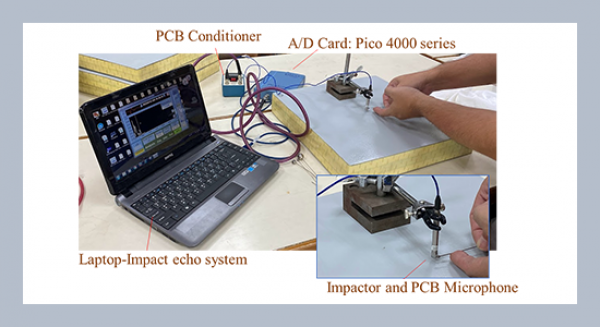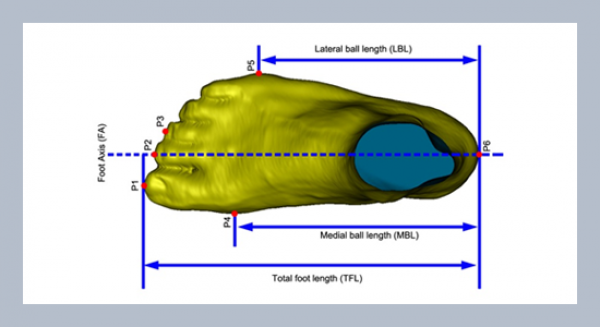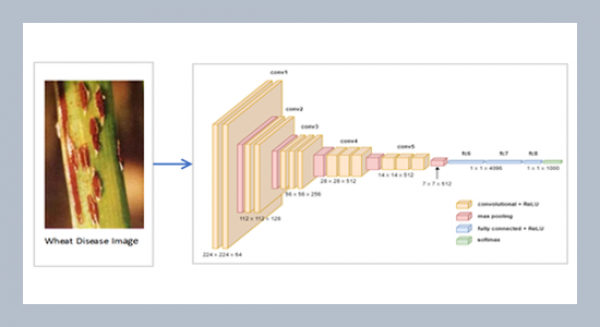Feng-Jiao Liua, Hong-Hsi Kob, Tsung-Chi Linb, Shyi-Shiun Kuob, Shye-Chorng Kuob, aDepartment of Electrical Engineering, Nankai University of Technology, Nantou, Taiwan
Ying-Hsin Liangb, and Tian-Pau Changb*
bDepartment of Multimedia Animation and Application, Nankai University of Technology, Nantou, Taiwan
Download Citation:
|
Download PDF
Solar energy and wind energy can be converted to electrical power by photovoltaic (PV) cell and wind turbine, respectively. A combined generation system using the both energies has widely been adopted in the world especially for isolated areas with high levels of irradiation and wind speed. In this paper, solar radiation upon a single-axis tracked panel and wind speed data in the northern, central and southern regions of Taiwan are analyzed according to different time periods. Both the total energy of the combined system and associated energy ratios are determined too. It is found that the solar and wind energy compensate each other very well, irrespective of the regions studied, and reveal a balance situation near April and September. Generally, during the winter months, wind potential energy is higher while solar energy is lower and vice versa during the summer months. That is, electricity generated by PV cell and wind turbine can be delivered to the same grid system to enhance its reliability. Several numerical examples of design areas for PV cell and wind turbine in the combined system are proposed for a specified power demand.ABSTRACT
Keywords:
Combined system; solar energy; wind energy; tracked panel; Weibull function.
Share this article with your colleagues
[1] Sungur, C. 2009. Multi-axes sun-tracking system with PLC control for photovoltaic panels in Turkey. Renewable Energy, 34: 1119-1125.REFERENCES
[2] Huang, B. J. and Sun, F. S. 2007. Feasibility study of one axis three positions tracking solar PV with low concentration ratio reflector. Energy Conversion and Managemen, 48: 1273-1280.
[3] Abdallah, S. 2004. The effect of using sun tracking systems on the voltage-current characteristics and power generation of flat plate photovoltaics. Energy Conversion and Management, 45: 1671-1679.
[4] Al-Mohamad, A. 2004. Efficiency improvements of photo-voltaic panels using a Sun-tracking system. Applied Energy, 79: 345-354.
[5] Kacira, M., Simsek, M., Babur, Y., and Demirkol, S. 2004. Determining optimum tilt angles and orientations of photovoltaic panels in Sanliurfa, Turkey. Renewable Energy, 29: 1265-1275.
[6] Morcos, V. H. 1994. Optimum tilt angle and orientation for solar collectors in Assiut, Egypt. Renewable Energy, 4: 291-298.
[7] Neville, R. C. 1978. Solar energy collector orientation and tracking mode. Solar Energy, 20: 7-11.
[8] Chang, T. P. 2009. Performance evaluation for solar collectors in Taiwan. Energy, 34: 32-40.
[9] Chang, T. P. 2009. Output energy of a photovoltaic module mounted on a single-axis tracking system. Applied Energy, 86: 2071-2078.
[10] Cheng, C. L., Chan, C. Y., and Chen, C. L. 2006. An empirical approach to estimating monthly radiation on south-facing tilted planes for building application. Energy, 31: 2940-2957.
[11] Jowder, F. A. L. 2009. Wind power analysis and site matching of wind turbine generators in Kingdom of Bahrain. Applied Energy, 86: 538-545.
[12] Tar, K. 2008. Some statistical characteristics of monthly average wind speed at various heights. Renew Sust Energy Rev, 12: 1712-1724.
[13] Akdag, S. A. and Dinler, A. 2009. A new method to estimate Weibull parameters for wind energy applications. Energy Conversion and Management, 50:1761-1766.
[14] Zhou, W., Yang, H. X., and Fang, Z. H. 2006. Wind power potential and characteristic analysis of the Pearl River Delta region, China. Renewable Energy, 31: 739-753.
[15] Seguro, J. V. and Lambert, T. W. 2000. Modern estimation of the parameters of the Weibull wind speed distribution for wind energy analysis. Journal of Wind Engineering and Industrial Aerodynamics, 85:75-84.
[16] Chang, T. P. 2011. Performance comparison of six numerical methods in estimating Weibull parameters for wind energy application. Applied Energy, 88: 272-282.
ARTICLE INFORMATION
Received:
2012-02-16
Revised:
2012-11-28
Accepted:
2012-12-14
Available Online:
2013-03-01
Liu, F.J., Ko, H.H., Lin, T.C., Kuo, S.S., Kuo, S.C., Liang, Y.H., Chang, T.P. 2013. A feasibility evaluation of a combined solar and wind energy system in Taiwan. International Journal of Applied Science and Engineering, 11, 115–124. https://doi.org/10.6703/IJASE.2013.11(1).115
Cite this article:















